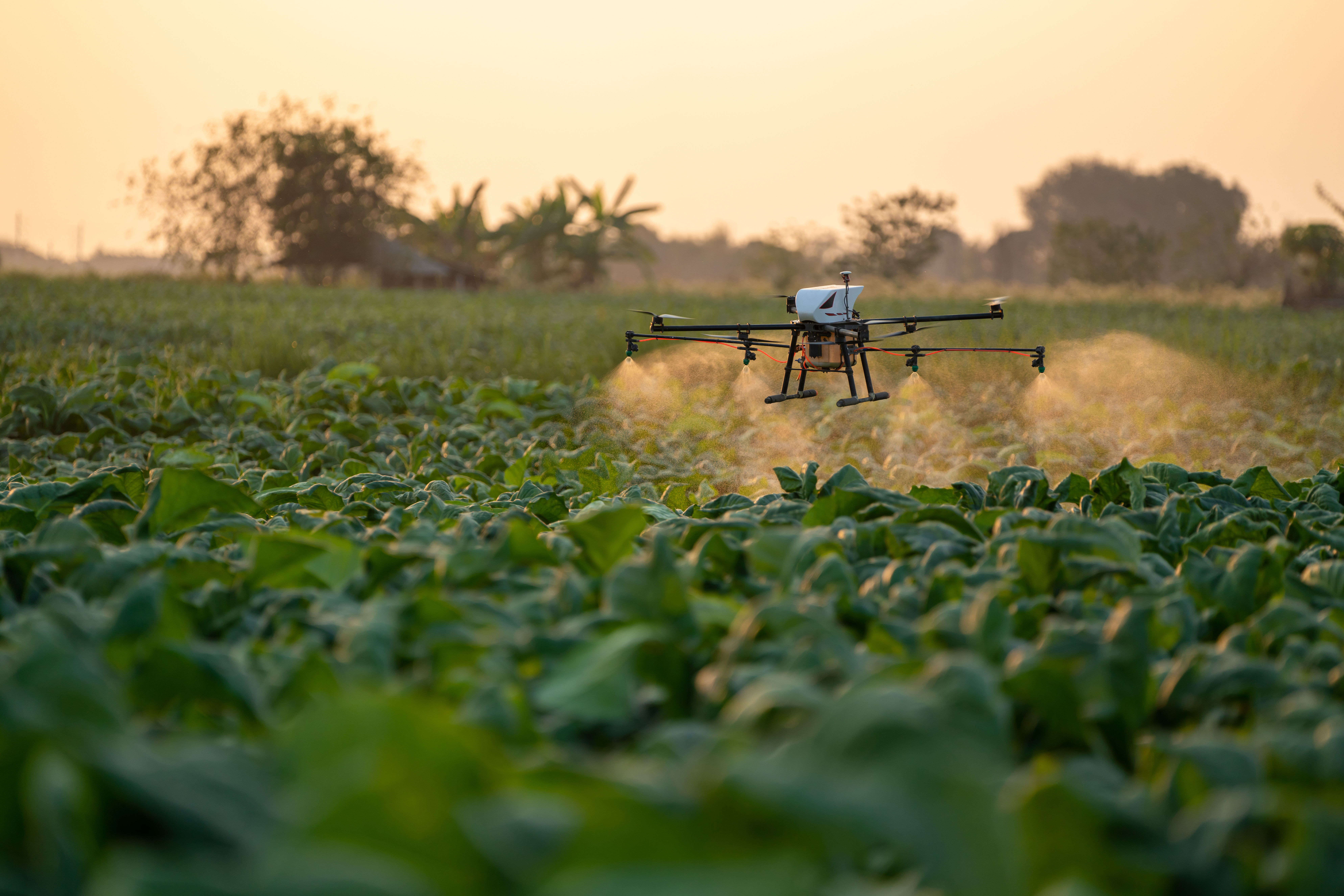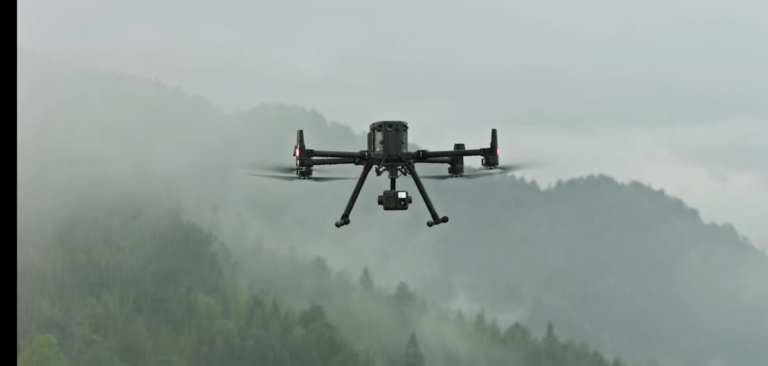Top 5 Industries for Drone Pilots to Enter in 2024
The Top 5 Industries for Drone Pilots to Enter in 2024
The drone industry has seen exponential growth over the past few years, opening up a plethora of opportunities for skilled drone pilots. Whether you are a seasoned professional or just getting started, entering the right industry can significantly impact your success and earning potential. In this post, we will explore the top five industries for drone pilots to enter in 2024 and delve into the specifics of how drones are revolutionizing these fields.

1. Agriculture
Agriculture is one of the most promising sectors for drone applications. The integration of drones in agriculture, often referred to as precision agriculture, is transforming traditional farming practices. Here’s how drones are making an impact:
- Crop Health Monitoring: Drones equipped with multispectral sensors can capture detailed images of crops, allowing farmers to monitor plant health, identify pest infestations, and detect nutrient deficiencies. This leads to timely interventions, ensuring optimal crop growth and yield.
- Aerial Mapping: High-resolution aerial maps created by drones help farmers in planning planting patterns, irrigation systems, and pest control strategies. These maps provide precise data that can improve farm management practices.
- Soil Analysis: Drones can gather data on soil conditions, including moisture levels and composition. This information helps in making informed decisions about irrigation and fertilization, leading to better resource management and increased crop productivity.
- Livestock Monitoring: For livestock farmers, drones offer a way to monitor large herds efficiently. They can track the movement and health of animals, identify strays, and even detect signs of illness, all from the air.
The benefits of drone technology in agriculture are manifold, from reducing operational costs to increasing crop yields and promoting sustainable farming practices.

2. Construction
The construction industry is undergoing a significant transformation with the adoption of drone technology. Drones provide real-time data and aerial perspectives that enhance project management, safety, and efficiency. Here’s how drones are used in construction:
- Site Mapping and 3D Modeling: Drones can quickly and accurately map construction sites, creating detailed 3D models. These models help in planning and designing, allowing for better visualization of the project and more efficient use of resources.
- Progress Monitoring: Regular drone flights over construction sites can track progress and compare it with project timelines. This helps in identifying delays or issues early, enabling timely corrective actions.
- Safety Inspections: Drones can inspect hazardous or hard-to-reach areas, such as tall structures or confined spaces, without putting workers at risk. They can identify potential safety hazards, ensuring a safer work environment.
- Volume Measurements: Drones can accurately measure stockpiles of materials like gravel, sand, and dirt. This information is crucial for inventory management and cost estimation.
The use of drones in construction leads to improved efficiency, cost savings, and enhanced safety, making it an attractive field for drone pilots.

3. Real Estate
The real estate industry has quickly adopted drone technology to create stunning property visuals that enhance marketing efforts. Drones offer a unique perspective that traditional photography cannot match. Here’s how drones are transforming real estate:
- Aerial Photography and Videography: High-quality aerial images and videos showcase properties in a captivating way. These visuals highlight the property’s surroundings, landscape, and unique features, making listings more appealing to potential buyers.
- Virtual Tours: Drones can create immersive virtual tours that give potential buyers a comprehensive view of the property. These tours provide a realistic sense of the space, helping buyers make informed decisions.
- Land Surveys: Drones can conduct detailed surveys of large plots of land, providing accurate data for property developers and real estate agents. This information is essential for planning and development.
- Roof Inspections: For properties with roofs that are difficult to access, drones offer a safe and efficient way to inspect the condition of the roof, identifying any potential issues that need to be addressed before a sale.
See our blog post on 6 tricks to launch your drone real estate business here

4. Energy
The energy sector, including oil, gas, and renewable energy, heavily relies on drone technology for inspections and monitoring. Drones provide a safer and more efficient way to inspect critical infrastructure. Here’s how drones are used in the energy industry:
- Infrastructure Inspections: Drones can inspect pipelines, power lines, wind turbines, and solar panels without the need for manual inspections. They can identify issues such as leaks, corrosion, or damage, allowing for timely maintenance and repairs.
- Thermal Imaging: Equipped with thermal cameras, drones can detect heat anomalies in energy infrastructure. This is particularly useful for identifying electrical faults, hot spots in solar panels, and insulation issues in pipelines.
- Environmental Monitoring: Drones can monitor environmental conditions around energy facilities, ensuring compliance with regulations and minimizing environmental impact. They can track air quality, water levels, and vegetation health.
- Surveying and Mapping: Drones provide detailed maps and 3D models of energy sites, aiding in planning and development. This data is crucial for the efficient design and construction of new energy projects.
The use of drones in the energy sector enhances safety, reduces costs, and improves the reliability of energy supply, making it a lucrative field for drone pilots.

5. Public Safety
Public safety agencies are increasingly utilizing drones for various critical operations, from search and rescue to disaster response and law enforcement. Drones provide real-time situational awareness, aiding in decision-making and improving response times. Here’s how drones are making a difference in public safety:
- Search and Rescue Operations: Drones equipped with thermal cameras and other sensors can quickly locate missing persons in challenging terrains or disaster-stricken areas. They can cover large areas faster than ground teams, increasing the chances of a successful rescue.
- Disaster Response and Assessment: In the aftermath of natural disasters, drones can assess damage, identify hazards, and provide real-time data to emergency responders. This information is crucial for effective disaster management and resource allocation.
- Crime Scene Analysis: Drones can capture detailed aerial images of crime scenes, providing valuable evidence for investigations. They can also monitor large public events, enhancing security and crowd management.
- Traffic Monitoring: Drones can monitor traffic conditions, identify accidents, and assist in traffic management. This helps in reducing congestion and improving road safety.
The integration of drones in public safety enhances the efficiency and effectiveness of emergency response, making it a vital field for drone pilots.
Conclusion
The drone industry offers a wide range of opportunities across various sectors. As technology continues to advance, the demand for skilled drone pilots will only increase. By entering one of these top five industries, you can position yourself at the forefront of this exciting field, offering valuable services and driving innovation. To make money using drones, remember that obtaining your Part 107 certification from the FAA is essential.
Whether you’re interested in agriculture, construction, real estate, energy, or public safety, there’s never been a better time to be a drone pilot. Embrace the future of drones and explore these booming industries to find your niche and thrive.
For more insights and updates on the drone industry, stay tuned to our blog at AutoPylot.


